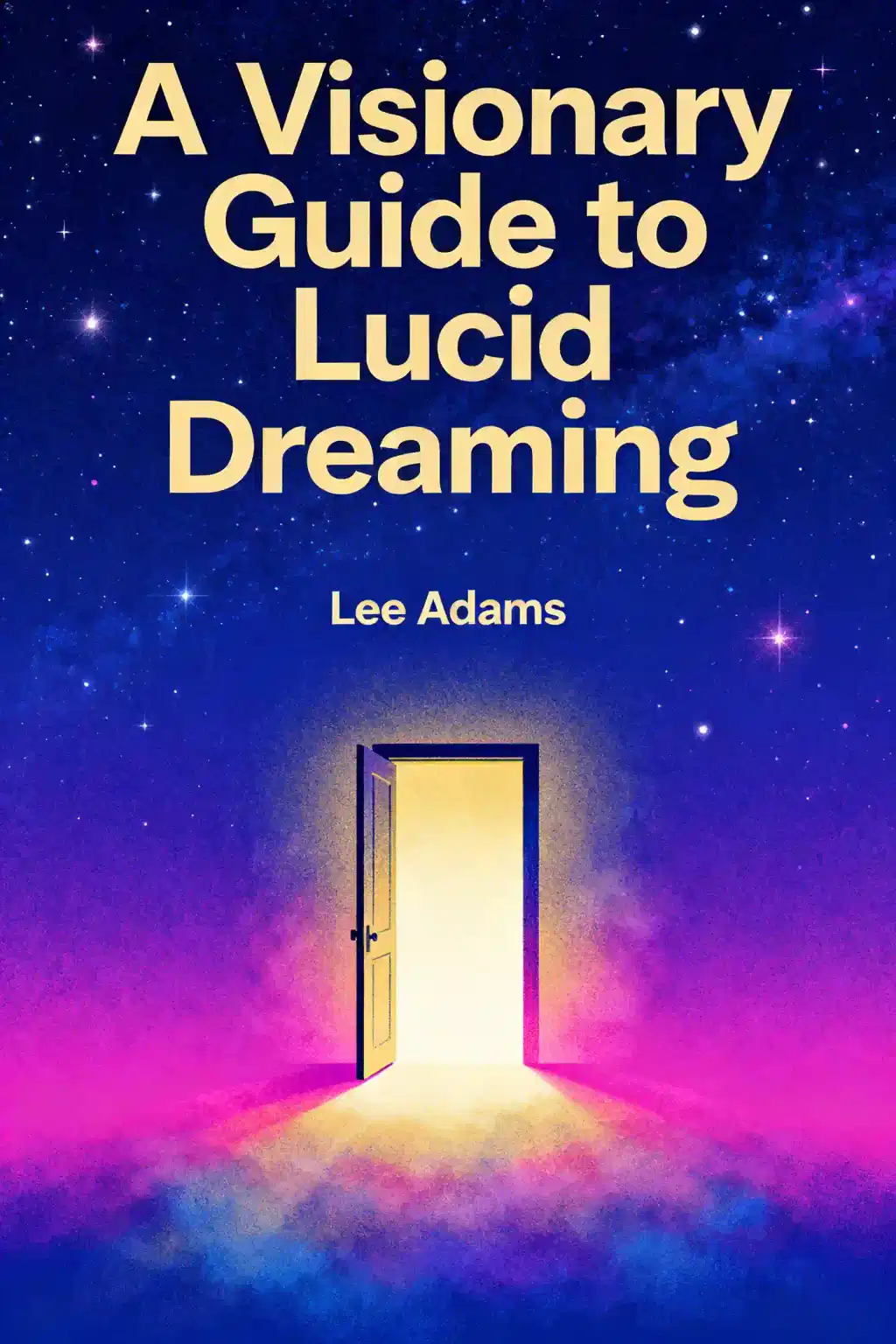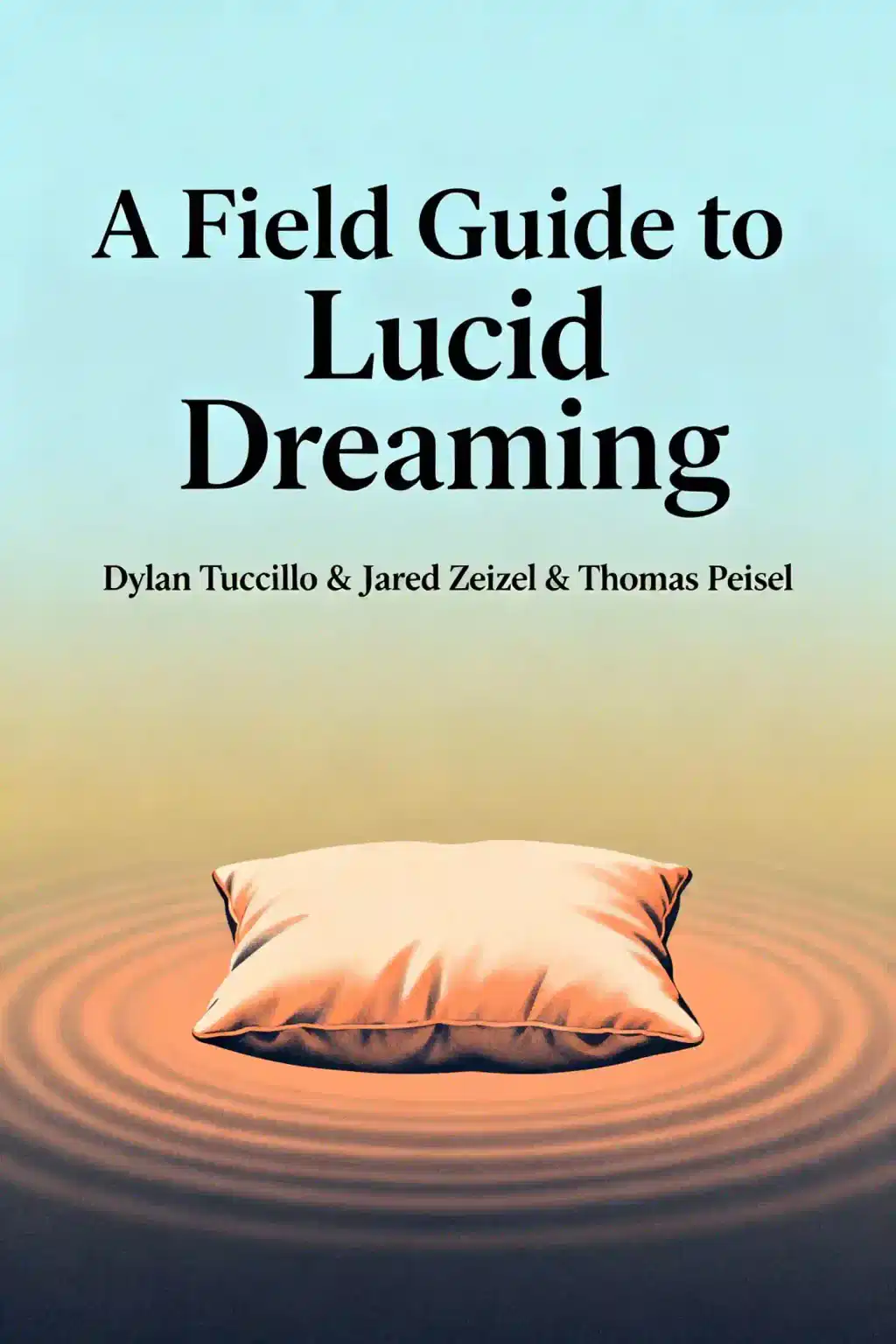What is
Conscious Dreaming by Robert Moss about?
Conscious Dreaming explores how to harness dreams as a spiritual tool using shamanic techniques from Aboriginal and Native American traditions. Robert Moss details a nine-step system for dream interpretation, re-entering dreams, and journaling to access creativity, navigate life transitions, and align with your "higher self." Central themes include premonition, healing, and shaping future outcomes through conscious dream journeys.
Who should read
Conscious Dreaming?
This book suits anyone interested in dream analysis, spirituality, or shamanism, including seekers of personal growth, creatives needing inspiration, and individuals navigating life changes. Moss’s accessible methods appeal to both beginners and experienced dreamers aiming to deepen their practice.
Is
Conscious Dreaming worth reading?
Yes, for its unique blend of ancient shamanic practices and modern psychology. Readers gain actionable techniques like dream re-entry and journaling, enriched by Moss’s vivid personal anecdotes. Its focus on intuition and future possibilities makes it valuable for spiritual and practical self-improvement.
What are the main techniques taught in
Conscious Dreaming?
Key methods include:
- Dream re-entry: Revisiting dreams to interact with symbols or characters.
- Transpersonal interpretation: Analyzing dreams through archetypal and spiritual lenses.
- Journaling: Tracking dreams to uncover patterns and guidance.
- Shamanic journeying: Using rituals to access healing or prophetic insights.
How does Robert Moss connect dreams to shamanism?
Moss integrates Aboriginal and Native American traditions, viewing dreams as portals to spiritual realms where reality is shaped. He emphasizes “dreaming ahead” to manifest outcomes and teaches rituals like soul recovery, aligning with shamanic beliefs that life events originate in the dreamscape.
What is “dream re-entry” in
Conscious Dreaming?
This technique involves returning to a dream while awake or in a meditative state to resolve conflicts, gain clarity, or converse with dream figures. Moss frames it as a tool for healing, decision-making, and accessing hidden creativity.
How does
Conscious Dreaming address future outcomes?
Moss argues that dreams reveal possible futures, allowing conscious choice between paths. By “dreaming ahead,” individuals can identify opportunities, avert crises, and align actions with their “dream self”—a wiser, future-oriented version of themselves.
What role do dream journals play in Moss’s system?
Journals help track recurring symbols, emotions, and guidance across dreams. Moss advises annotating entries with intuitive insights and actions taken, creating a feedback loop between dreaming and waking life. This practice enhances self-awareness and manifestation.
How does
Conscious Dreaming differ from other dream books?
Unlike purely analytical approaches, Moss combines shamanic rituals (e.g., drumming, totem animals) with psychological interpretation. His focus on proactive “dreaming the future” and interactive techniques like re-entry sets it apart from passive dream dictionaries.
Can
Conscious Dreaming help with creativity?
Yes. Moss encourages treating dreams as muse-like collaborators, offering story ideas, artistic symbols, and problem-solving insights. He shares examples of writers and artists using dream journals to spark projects, framing the dreamscape as an infinite creative repository.
Why is
Conscious Dreaming relevant in 2025?
Amid global uncertainty, Moss’s tools for navigating change and accessing intuition remain timely. The book’s blend of spirituality and practicality resonates with modern seekers balancing technology with inner wisdom, making it a perennial resource.
How does Moss’s background influence
Conscious Dreaming?
Moss’s near-death experiences and academic study of ancient cultures inform his shamanic approach. His work as a novelist and journalist ensures engaging storytelling, while workshops with diverse groups refine his techniques for universal applicability.














